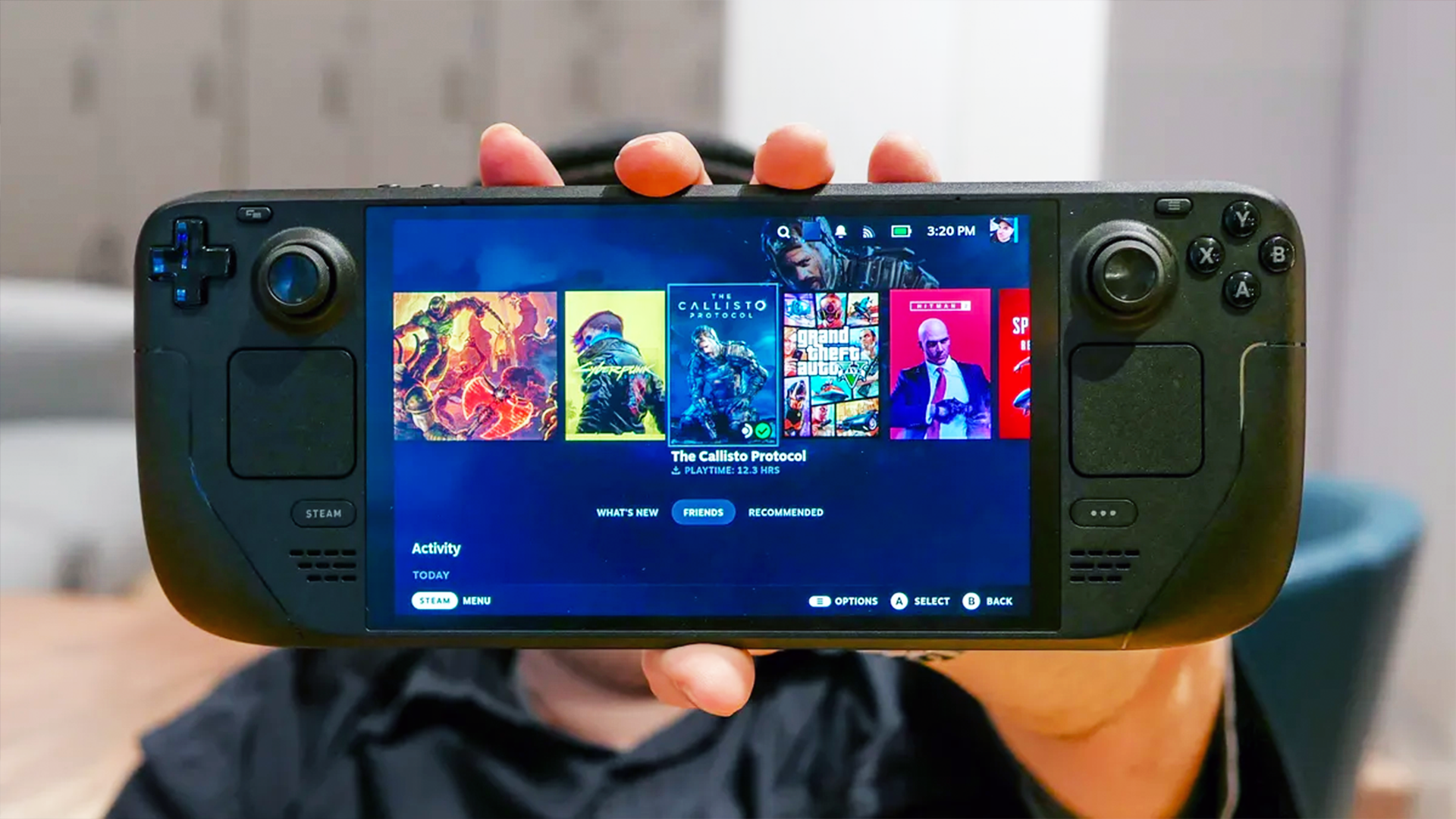Exclusive: The inside story of how Garmin beat Apple to the world’s first MicroLED smartwatch
How Garmin won the MicroLED race
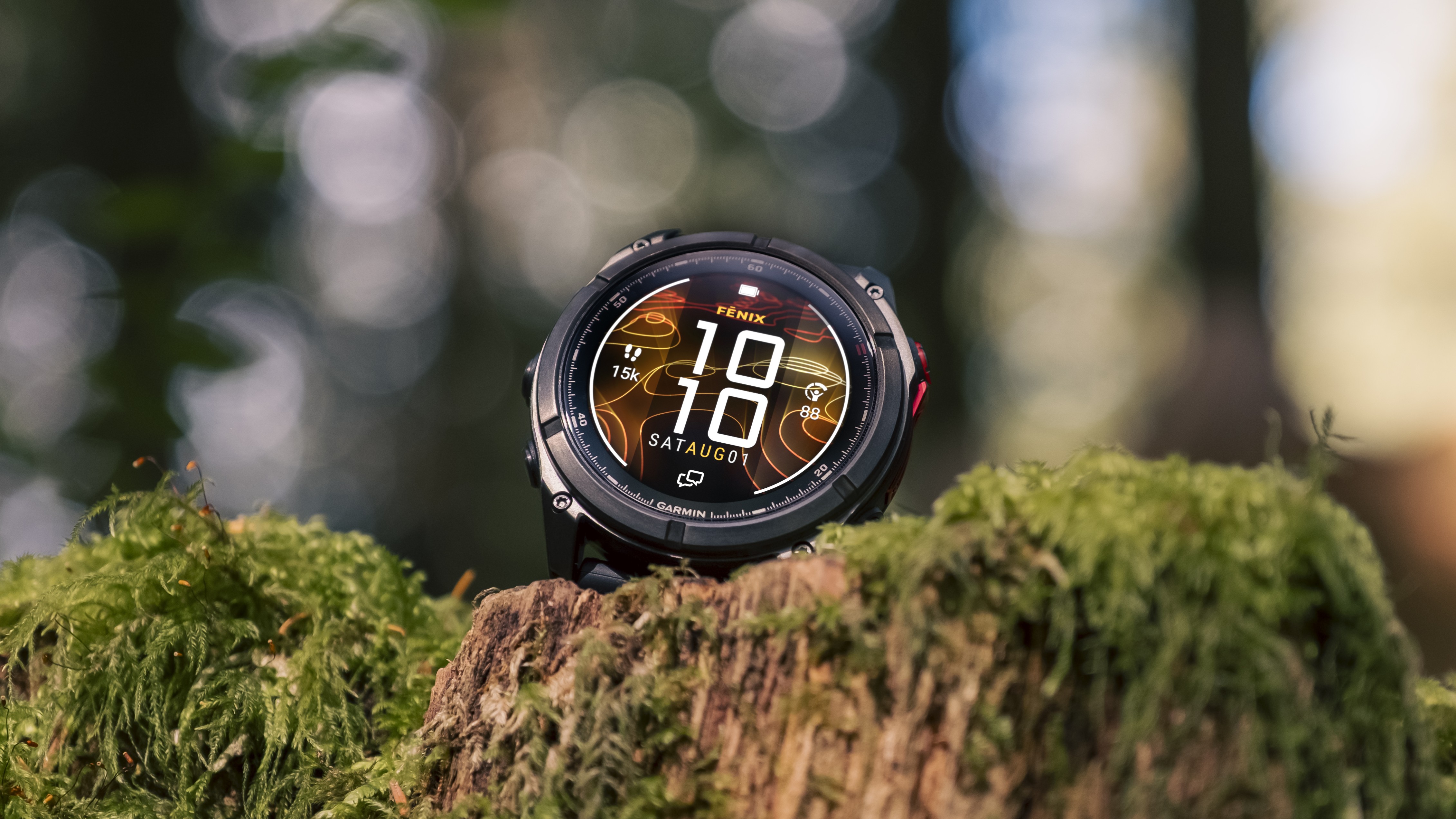
MicroLED smartwatches have been rumored as the next big thing for years, but they finally became a reality in 2025 with the launch of the Garmin Fenix 8 Pro.
That the world’s first MicroLED device came from sports watch giant Garmin, rather than the likes of Apple and Samsung, might have come as a surprise to many, but this is technology that Garmin had been working on for a couple of years.
“This was a two-year development effort,” says Ralph Poshak, Display Technology Manager at Garmin. “We found out one of our suppliers was working on this and was going to do it in a format that would be applicable to a wearable. We said, ‘hey, we need to start exploring that’.”
The Garmin Fenix 8 Pro MicroLED is a pinnacle product and considerably more expensive than the AMOLED version of the Fenix 8 Pro, but there’s little doubt that it’s a technology that will spread throughout the Garmin line-up in the future — and perhaps more of the best smartwatches.
“I believe it has the ability to be a game-changing technology in the industry,” says Polshak. “We definitely plan to continue to explore ways we can use it.”
I spoke to Polshak to get the inside story on how Garmin beat the world to make the first MicroLED watch, and the benefits of the technology.
What are the benefits of MicroLED compared to AMOLED displays?
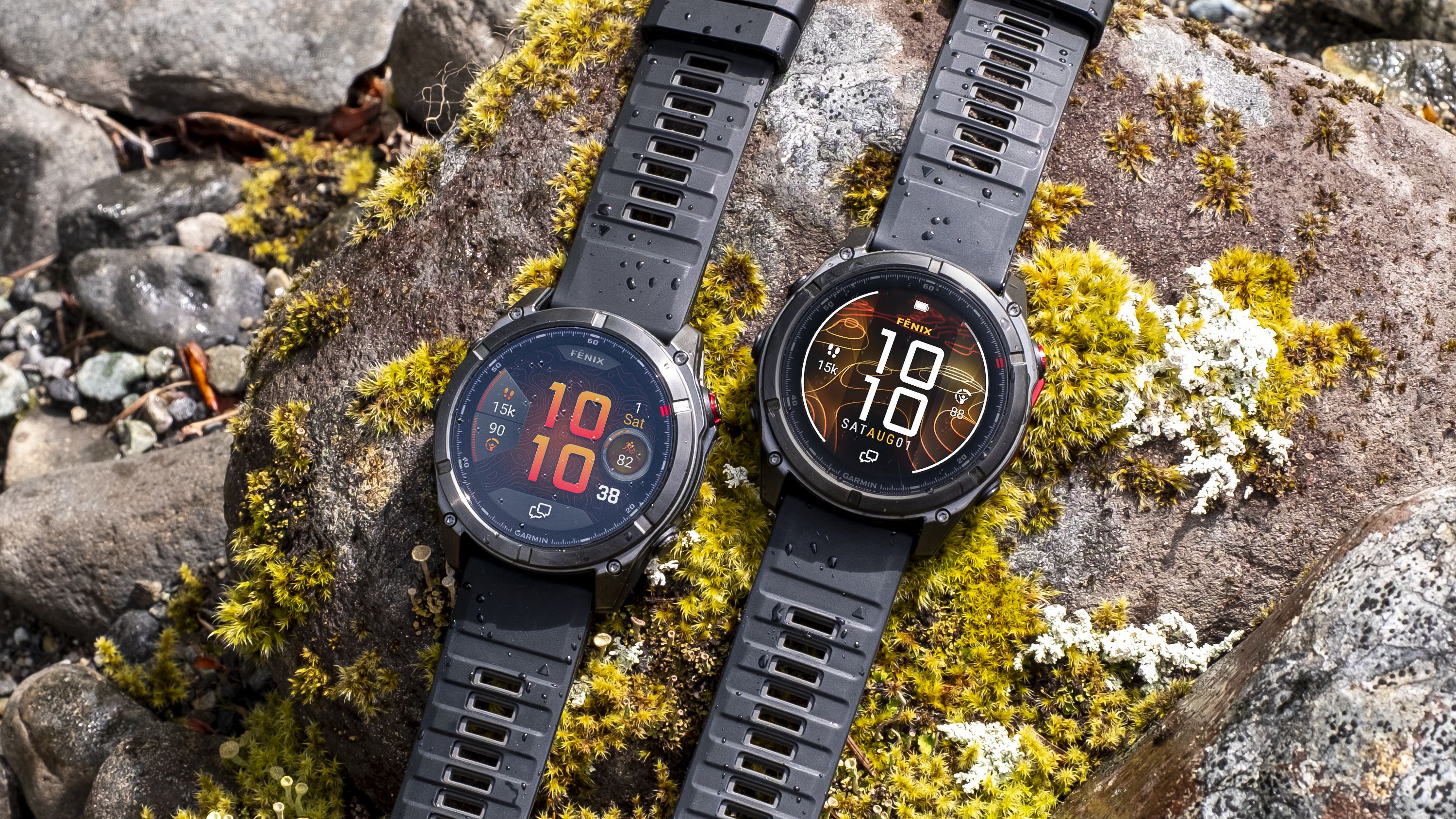
The AMOLED displays on the best smartwatches available right now are incredibly impressive, but MicroLED promises to be a step up in both performance and longevity.
Get instant access to breaking news, the hottest reviews, great deals and helpful tips.
“MicroLED has the potential to be a game-changing technology,” says Polshak. “Number one, it gives you the front screen performance, the color, the clarity, the brightness, even brighter than OLED without the problems of OLED with regards to burn-in and age-in.”
“The more you use it, the more you lose it on an OLED display. It's a consumable. MicroLED is inorganic. Like LEDs we’ve had for 50, 60, 70 years. You can overheat them, but you can't really burn them out by using them, if you use them properly. So first and foremost, it addresses that burn-in issue of OLED.
“It's an emissive display. LCDs like our MIP display [need] a back light and you have to put light through it. The OLEDs and the microLEDs make their own light, so that just gives you that really beautiful display front screen performance. The light output from the LED is better. It's more efficient than OLED and that's what gives you that viewing angle. You can see it all the way around.”
The Garmin Fenix 8 Pro MicroLED is the first smartwatch to have a MicroLED display, which is even brighter than AMOLED. It's expensive, but one of a kind.
How Garmin added MicroLED to the Fenix 8 Pro
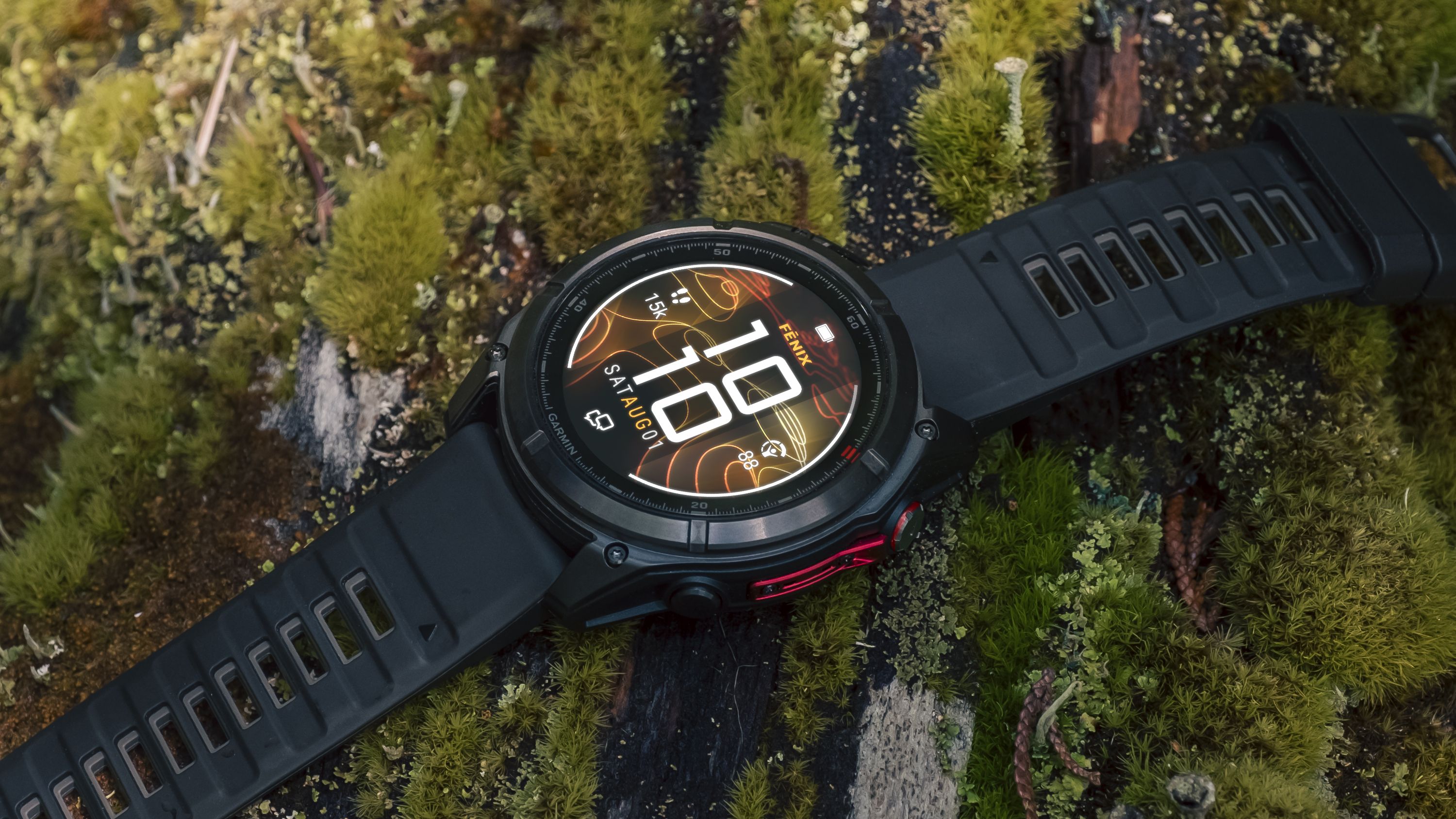
“It wasn't easy,” says Polshak. “The technology is still in its infancy. The whole manufacturing process is new. Some pieces of it are made like other displays. But the driver IC [integrated circuit], the silicon needed to drive it, is different.
“The fact that it's over 400,000 discrete LEDs that have to be individually placed on that substrate, it's incredibly challenging.
“The way I've described it to people is it's the Jumbotron from sports stadiums shrunken down onto your wrist, literally. All of the outdoor stadium displays today are big LEDs and it's shrunken that to a micro level. Nano level, really. Those LEDs are the size of or potentially smaller than a human hair. You're talking 40, 50-micron size LEDs.”
It's the Jumbotron shrunken down onto your wrist.
“We didn't know how it would affect the antennas for things like GPS, and then quality level — when you're placing 400,000+ LEDs, can you get them all working?”
Garmin also had to consider the challenges its supplier faced in producing the displays, and how to build them into their existing watches. Another factor was that the tech is thicker, partly because the touch panel is not integrated into the screen.
“As we've improved the displays over the years, we've integrated touch,” says Polshak. “All of the OLEDs we use have integrated touch. The MicroLED does not yet. That will be something that comes later.”
What about battery life?

When the Garmin Fenix 8 Pro launched, there was some surprise that the MicroLED version of the watch had shorter battery life than the AMOLED. One widespread expectation of MicroLED displays is that they will be more power-efficient, but Polshak suggests this is something that will come down the line.
“There was a huge misconception about power,” says Polshak. “The best thing I can say is OLED's got a 25-year head start. I don't know who put it out there that MicroLED would suddenly magically be lower power than OLED. It will get there, but not today.
“We're very conscious of it and, and we understand people's disappointment. It's just the limit of the technology right now and it will get better in the future.”
What else can we expect from MicroLED watches in the future?
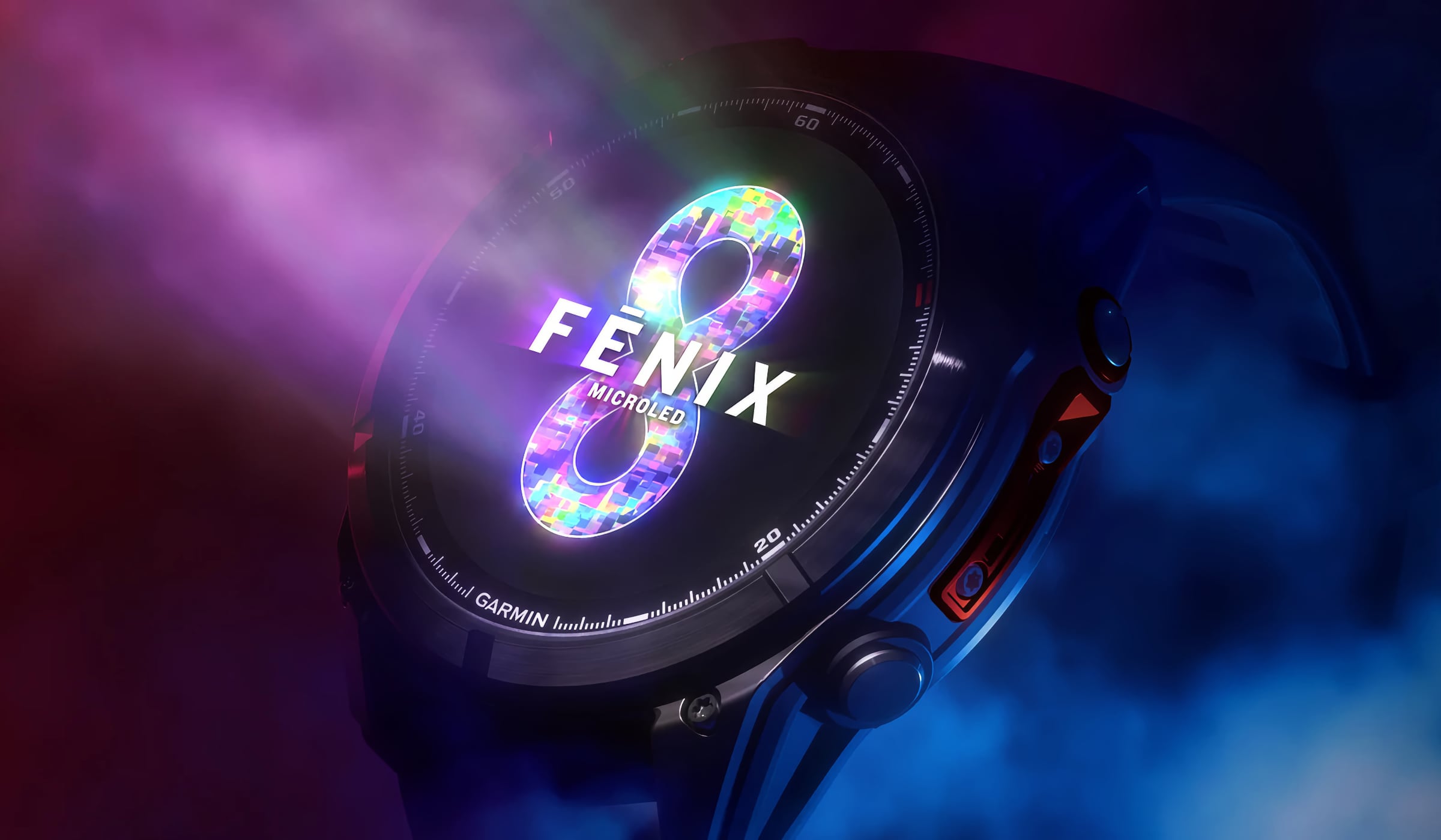
Longer battery life is a likely improvement to MicroLED watches then, and if the touch panel can be integrated into the screen of the watch then they should get thinner too — the Fenix 8 Pro MicroLED is 1mm thicker than the AMOLED model of the watch. When you’re pushing to be the first across the line, there are trade-offs to make on the design.
“You've got to crawl before you walk and walk before you run, and integrating touch and getting too aggressive with the design could have easily derailed the development or extended it further out into the future,” says Polshak.
“So you have to be very conscious about what your design goals are and our goal was to try to be first, and I'm very happy, very pleased that our team was able to achieve that.”

Follow Tom's Guide on Google News and add us as a preferred source to get our up-to-date news, analysis, and reviews in your feeds.
More from Tom's Guide
- I just ran a marathon with the Apple Watch Ultra 3 vs. Garmin Fenix 8 Pro — here’s the winner
- I tried the Garmin Fenix 8 Pro’s LiveTrack feature in a marathon — here’s what happened
- Garmin Fenix 8 vs. Garmin Fenix 8 Pro: should you upgrade?

Nick Harris-Fry is an experienced health and fitness journalist, writing professionally since 2012. He spent nine years working on the Coach magazine and website before moving to the fitness team at Tom’s Guide in 2024. Nick is a keen runner and also the founder of YouTube channel The Run Testers, which specialises in reviewing running shoes, watches, headphones and other gear.
Nick ran his first marathon in 2016 and became obsessed with the sport. He now has PBs of 2hr 25min for the marathon and 15min 30sec for 5K. Nick is also a qualified Run Leader in the UK.
Nick is an established expert in the fitness area and along with writing for many publications, including Live Science, Expert Reviews, Wareable, Coach and Get Sweat Go, he has been quoted on The Guardian and The Independent.
You must confirm your public display name before commenting
Please logout and then login again, you will then be prompted to enter your display name.

